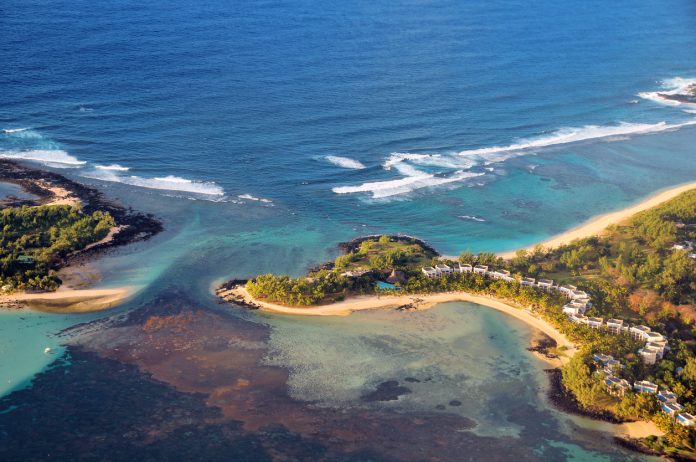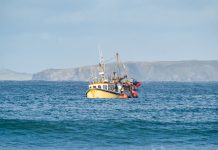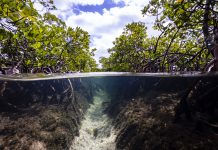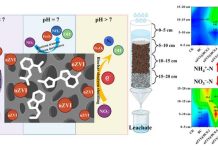As oxygen levels in coastal waters worldwide continue to plummet, researchers are exploring whether artificial oxygenation could offer a lifeline to marine ecosystems on the brink
While this approach has shown promising results in lakes and small water bodies, experts now warn that using it in the ocean has significant risks and limitations.
Oxygen: A vital lifeline for marine life
Oxygen is essential to marine life, and its decline has already triggered serious consequences in areas like the Baltic Sea.
Expanding “dead zones”, oxygen-free regions in the sea, have led to fish die-offs, degraded spawning grounds, and toxic algae blooms. These areas are not entirely lifeless, as some bacteria can survive, but they are hostile to most marine species.
The issues that could follow after using artificial oxygen
Artificial oxygenation methods have been tested in lakes and small estuaries, such as injecting air or pure oxygen and pumping surface water into deeper layers. In some cases, they have improved oxygen levels and supported local ecosystems, but only for as long as the systems run.
When the interventions stop, oxygen levels tend to drop rapidly back to their previous lows. This makes them a temporary fix rather than a sustainable solution.
The reason behind oxygen loss
A recent international workshop led by researchers from the GEOMAR Helmholtz Centre for Ocean Research Kiel in Germany and Radboud University in the Netherlands has highlighted the need for caution.
Their findings, published in the journal EOS, highlight both the potential and the perils of bringing artificial oxygen to the seas.
The root of the problem lies in the way coastal waters lose oxygen. Naturally, these waters gain oxygen from the atmosphere through photosynthesis by microscopic plants near the surface. However, deeper layers only receive oxygen when they mix with surface water. When excess nutrients from agriculture and wastewater flow into the sea, they feed algae growth.
When these algae die and sink, bacteria break them down, using up large amounts of oxygen. Compounding the issue, warming waters from climate change hold less oxygen and are less likely to mix, further isolating the deep layers.
Potential risks of artificial interventions
Researchers emphasise that technical methods of adding oxygen do not address these core causes. Worse, they may even create new problems. Injecting oxygen could stir up sediments and release trapped greenhouse gases like methane. Changes in temperature and salinity from artificial mixing also disrupt marine life and, in some cases, worsen oxygen loss. These interventions require careful planning, thorough testing, and continuous environmental monitoring.
Some have proposed using oxygen by-products from green hydrogen plants, where water is split into hydrogen and oxygen, as a potential source for marine oxygenation.
However, researchers warn that this should not be seen as a silver bullet. Even if technically feasible, it would only be effective as part of a bigger effort to reduce nutrient pollution and limit climate change.
While artificial oxygenation might offer temporary relief in specific, controlled settings, it cannot replace the urgent need for long-term environmental protection.
Sustainable solutions must focus on reducing agricultural runoff, improving wastewater treatment, and curbing greenhouse gas emissions. Only by tackling the root causes can we hope to restore oxygen levels and preserve the health of coastal marine ecosystems for future generations.











